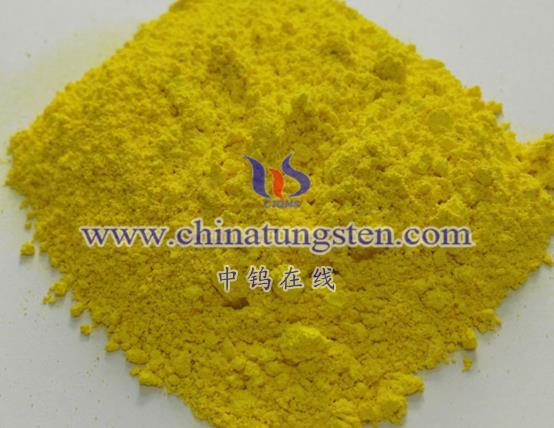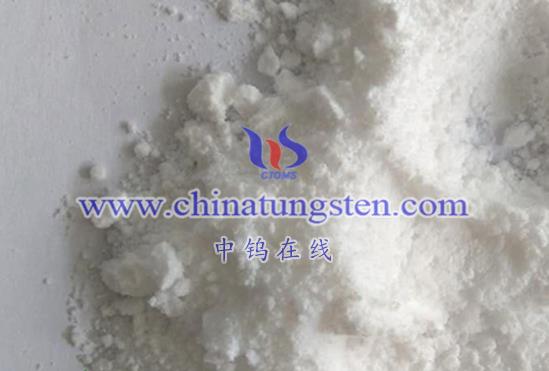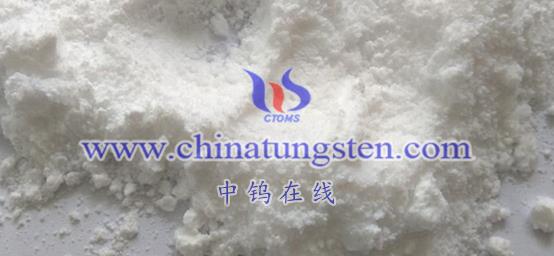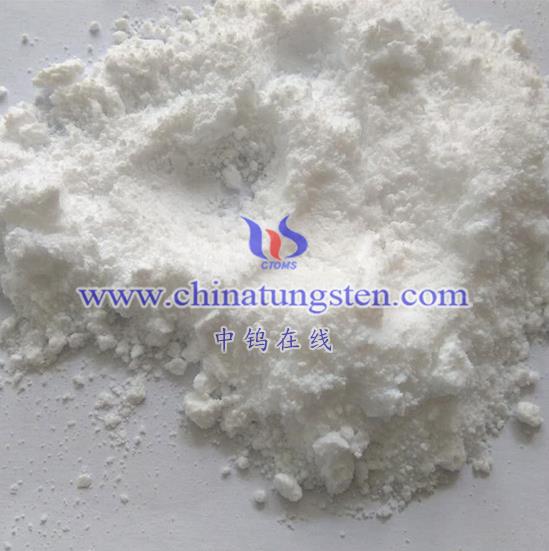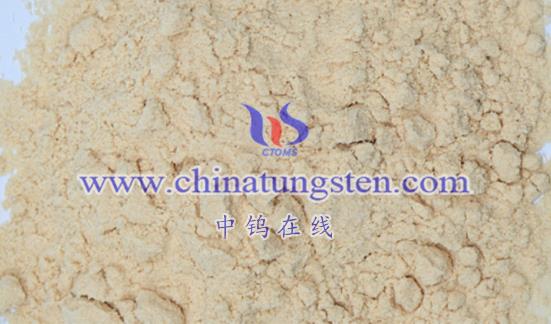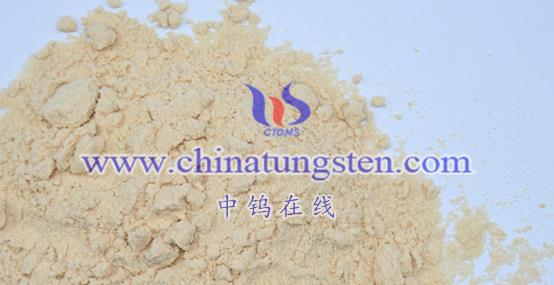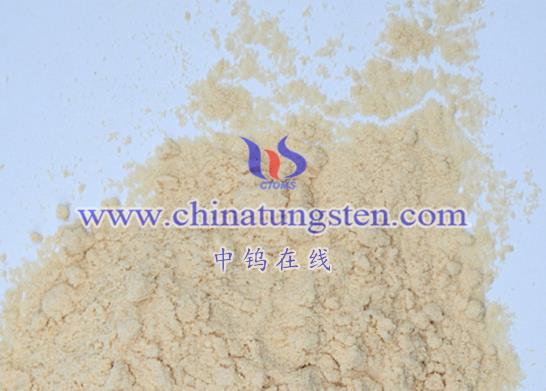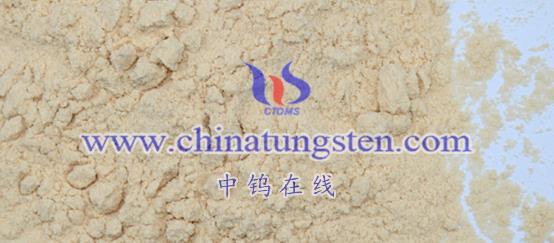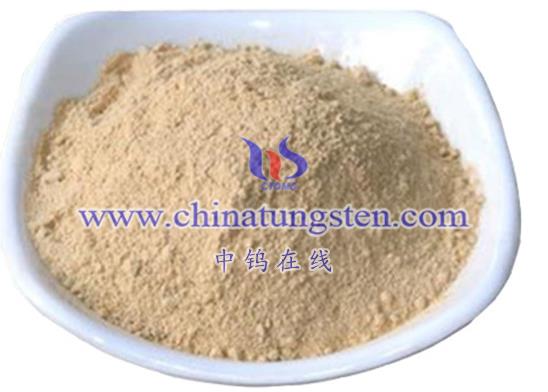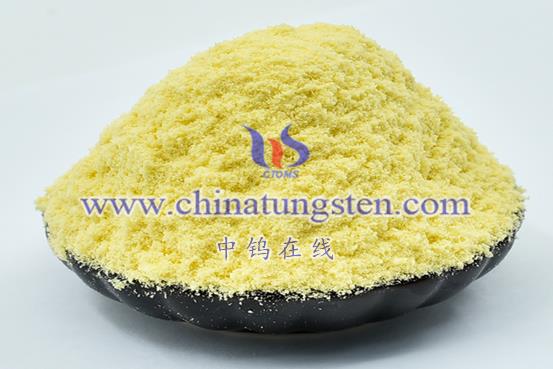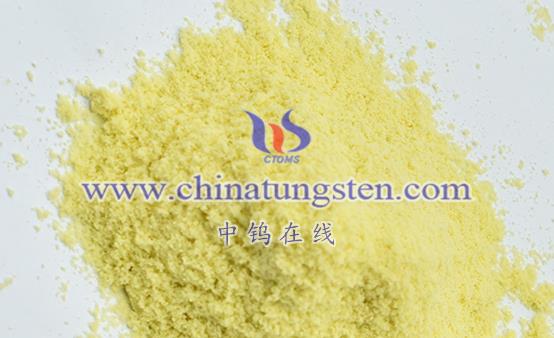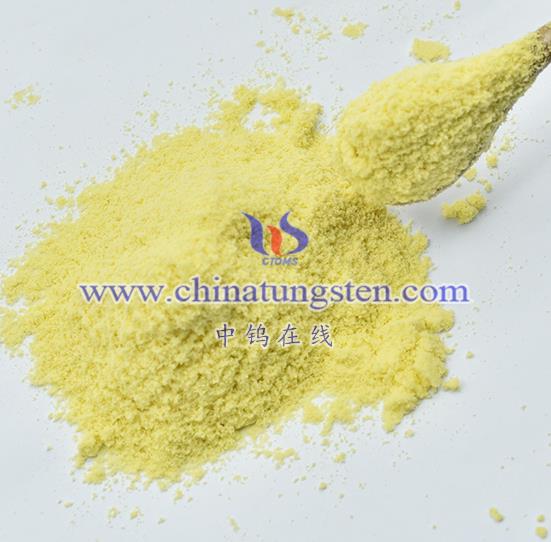
Non-stoichiometric tungsten oxides, due to their unique oxygen content and crystal structure, exhibit a variety of distinct physical and chemical properties, leading to a wide range of applications. Here are the main uses of non-stoichiometric tungsten oxides:
- Catalysts
- Catalytic Activity: Non-stoichiometric tungsten oxides, due to their non-stoichiometric nature, often show high catalytic activity. They can be used as catalysts or catalyst supports to facilitate various chemical reactions, such as oxidation reactions, reduction reactions, and redox reactions.
- Applications: In industries such as chemical processing, petroleum, and environmental protection, non-stoichiometric tungsten oxide catalysts are widely used in processes like catalytic cracking, catalytic reforming, and exhaust gas treatment, improving reaction efficiency and product selectivity.
- Electrochromic Materials
- Color Change Effect: Non-stoichiometric tungsten oxides, such as cesium-doped tungsten oxide (CsxWO3), exhibit excellent electrochromic properties. Their optical properties change under the application of an electric voltage, resulting in different colors.
- Applications: This property makes non-stoichiometric tungsten oxides suitable for use in smart windows, automotive mirrors, and large-area information displays. By adjusting the voltage, users can control the light transmittance of windows, enabling energy savings and privacy protection.
- Gas Sensors
- Gas Sensitivity: Non-stoichiometric tungsten oxides are highly sensitive to specific gases and can detect and respond to changes in gas concentration.
- Applications: In fields such as environmental monitoring and industrial safety, non-stoichiometric tungsten oxide gas sensors are used to detect toxic and harmful gases (e.g., nitrogen dioxide, ammonia), ensuring safety for people and the environment.
- Optical Materials
- Optical Properties: Under certain conditions, non-stoichiometric tungsten oxides may exhibit unique optical properties, such as the absorption, emission, or reflection of specific wavelengths of light.
- Applications: These properties make non-stoichiometric tungsten oxides potentially useful in optical and optoelectronic devices, such as infrared detectors and optical switches.
- Other Applications
- Intermediate Products: Non-stoichiometric tungsten oxides can be used as intermediate products in the preparation of other tungsten materials, such as tungsten metal powder and tungsten carbide powder. These products have broad applications in hard alloys, electronic materials, and more.
- Ceramic Colorants: Due to their rich color-changing properties, non-stoichiometric tungsten oxides can also be used as colorants for ceramics, adding color and aesthetic appeal to ceramic products.
In summary, non-stoichiometric tungsten oxides have broad application prospects in catalysts, electrochromic materials, gas sensors, optical materials, and other fields. With ongoing advancements in technology, the applications of non-stoichiometric tungsten oxides are expected to continue expanding and deepening.
More details of tungsten oxide product, please visit website: tungsten-oxide.com
Please contact CHINATUNGSTEN for inquiry and order of tungsten oxide:
Email: sales@chinatungsten.com
Tel.: 86 592 5129595
